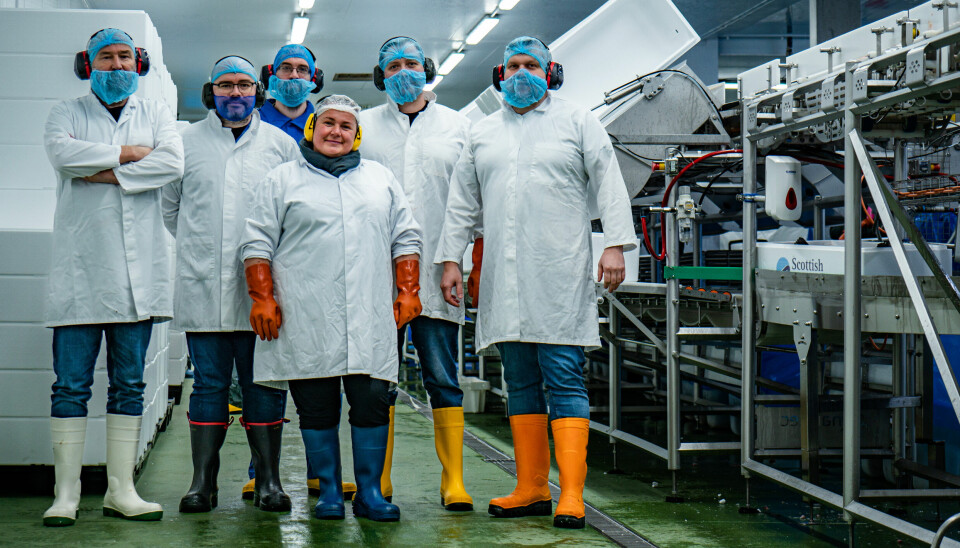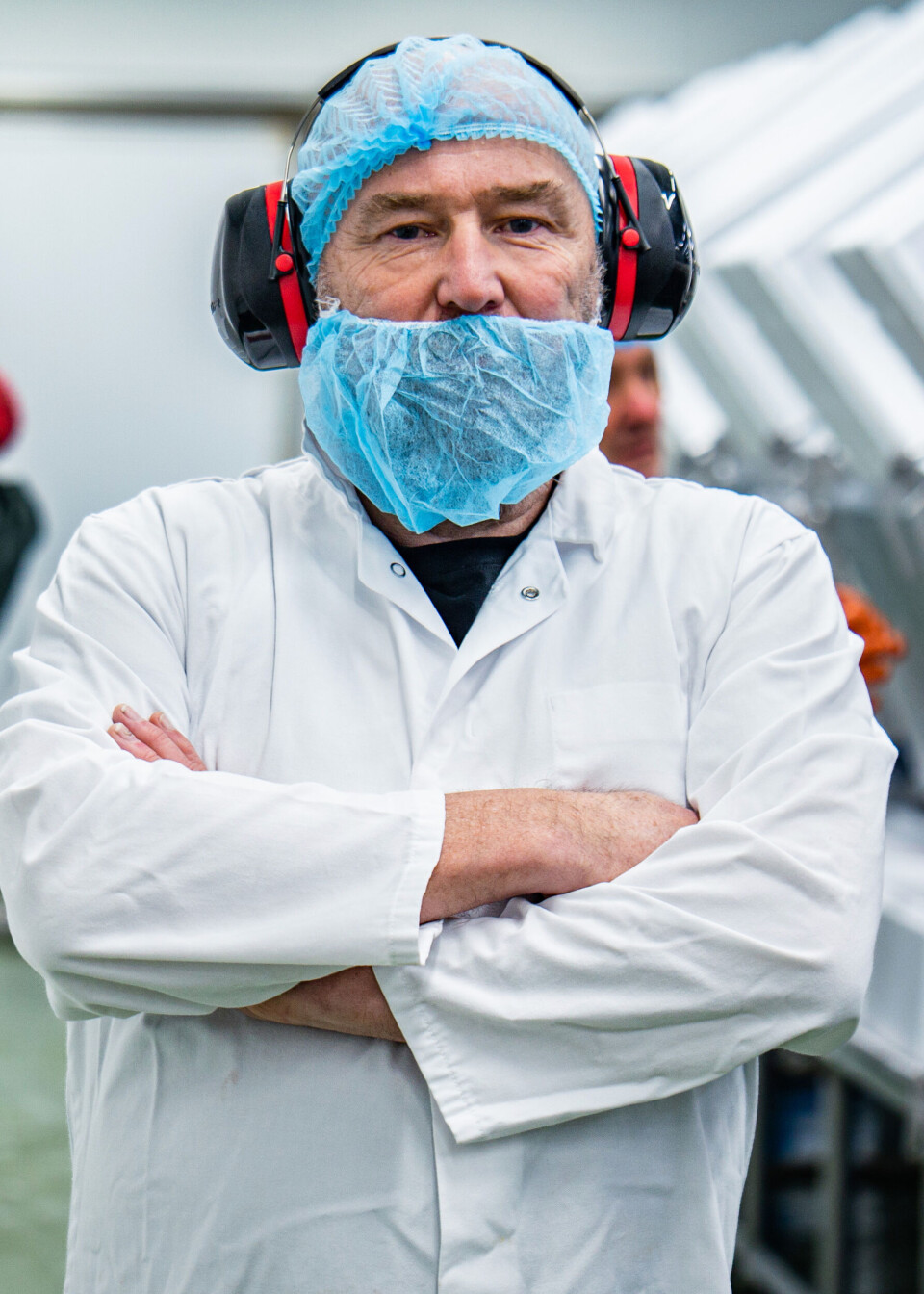
Scottish Sea Farms doubles capacity at Lerwick processing plant
£2.5m refit provides ‘facility of the future’ for salmon producer
Scottish Sea Farms has completed a £2.5 million refit of a processing facility at Lerwick, doubling its processing capacity in Shetland from 25,000 tonnes annually to 50,000 tonnes ahead of anticipated higher volumes.
The Norwegian-owned salmon farmer acquired the facility as part of its purchase of Grieg Seafood Shetland in December 2021, and shortly afterwards switched processing activity in the region was its existing Scalloway base to enable a major refit at Lerwick.
Head of processing operations Donald Buchanan told SSF’s staff newsletter, The Source, that the objective was to streamline processing into one centre, maximising efficiencies.
Obvious choice
“We were looking to create a ‘facility of the future’ capable of receiving all fish from our expanded Northern Isles estate,” said Buchanan. “With a larger footprint and proximity to the ferry network, Lerwick made the obvious choice.
“We stripped back the existing processing facility to its very core, right down to adding new floors, drains and internal fabrication. Then we reconfigured the layout to create self-contained areas for the key activities of harvesting, gutting, and packing, each of which was fitted out with a mix of existing and all-new equipment.”

The harvesting area has been equipped with an in-water stunner supplied by Dundee company Ace Aquatec. SSF already uses an Ace Aquatec stunner at its processing facility at South Shian, Loch Creran.
Buchanan said the in-water stunners ensure SSF’s fish are slaughtered in the most humane way by rendering them unconscious while still in their natural environment of water.
“There’s also a second, smaller stunner to ensure that any bycatch or cleaner fish receive the same high welfare treatment,” he told The Source.
High-speed gutting
The Lerwick plant’s gutting area has six high-speed BAADER machines capable of handling fish of 2kg-7kg, with a dedicated handline to manually gut any smaller or larger fish. New refrigerated containers enable SSF to better manage the flow into the packing area, which now has robotic palletisation.
“Throughout, we’ve engaged the team to ensure we get the detail exactly right, encouraging colleagues to come to us with ideas for further improvement big or small,” said Buchanan.
The new-look facility has achieved all necessary audit, environmental and retail standards, including RSPCA Assured, Global GAP, Label Rouge, M&S and Waitrose.
The Lerwick facility, which employs 80 people, is now fully operational and can handle 200 tonnes of fish a day, compared with 100 tonnes before. There’s also enough floor space to increase annual capacity from 50,000 to 70,000 tonnes, if required.
SSF’s Scalloway facility will be used throughout the year for various other ongoing activities and will offer an extra harvesting hub during periods of peak volumes. The company supplies head on gutted fish to customers and does not carry out its own secondary processing.
Low 2023 harvest
Fish health challenges that began in late 2022 and continued throughout 2023 mean that SSF’s production volume for its entire farm estate in Shetland, Orkney, and the West Coast of Scotland will amount to just 25,000 gutted weight tonnes this year, down from 35,900 gwt in 2022. The company – owned 50-50 by salmon heavyweights SalMar and Lerøy – is guiding for 37,000 gwt next year.
Speaking after SalMar and Lerøy’s third-quarter reports showed that SSF made an operating loss of £8.8 million in the period, SSF managing director Jim Gallagher explained that the results reflected higher-than-average fish mortalities, lower-than-forecast harvest volumes and reduced average weights.
“With these challenged Q1 and Q2 2022 generations now harvested out, and subsequent inputs of fish performing as expected, we’re seeing normal growth, good average weights and an improving cost base – with increased resources in place to help mitigate any challenges should they come,” added Gallagher.






















































